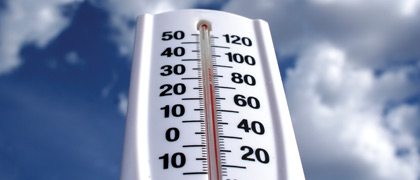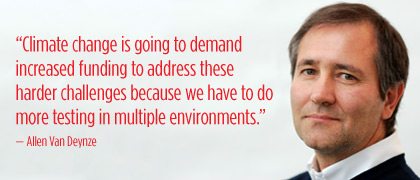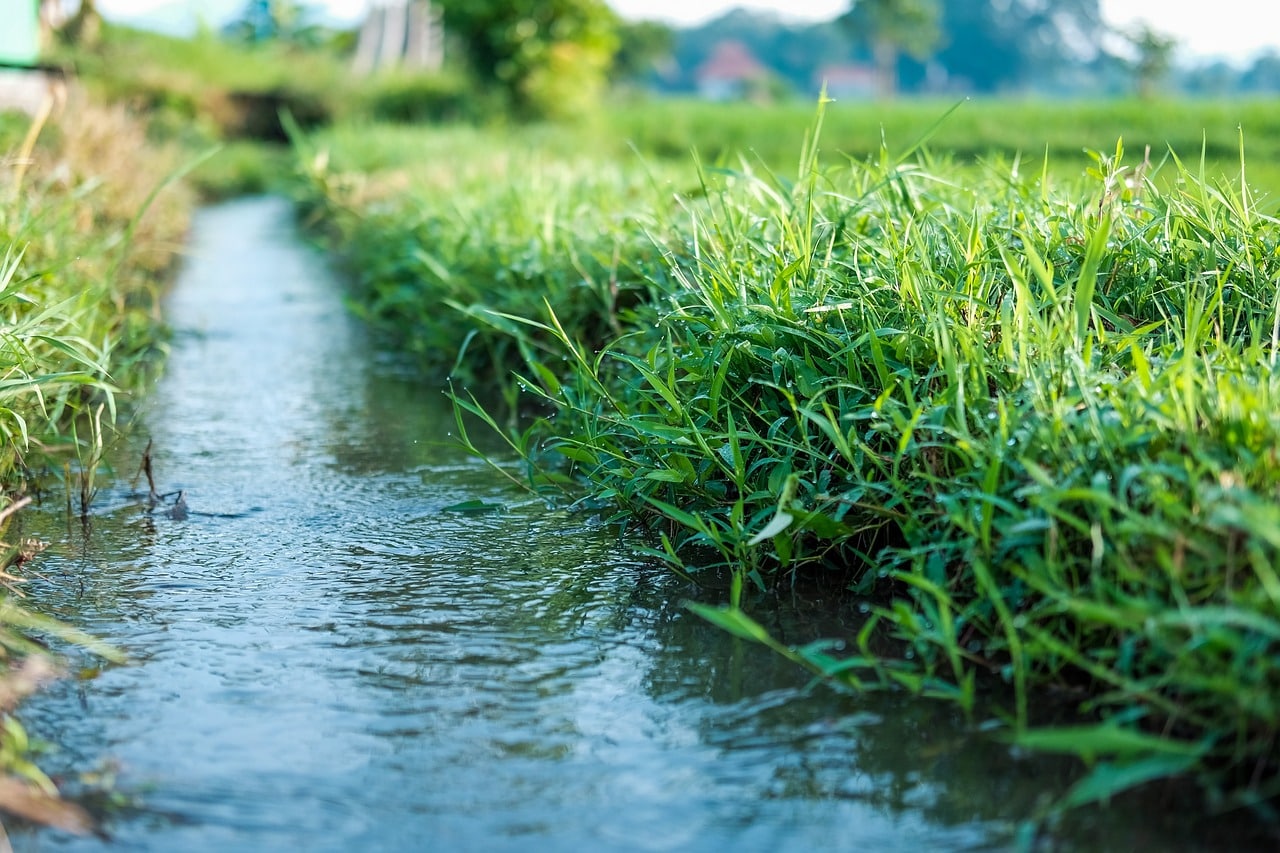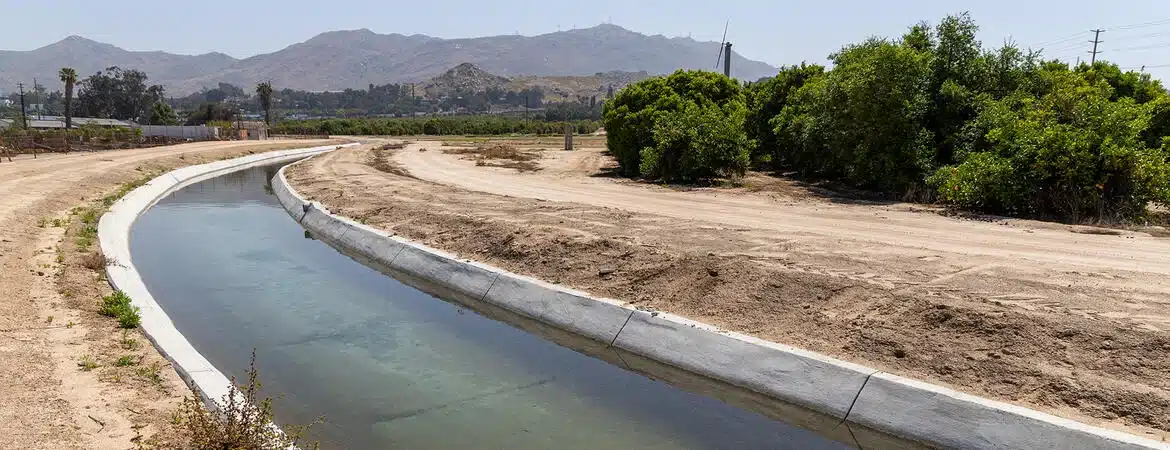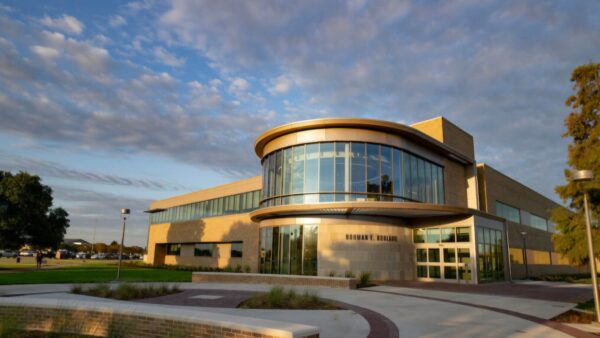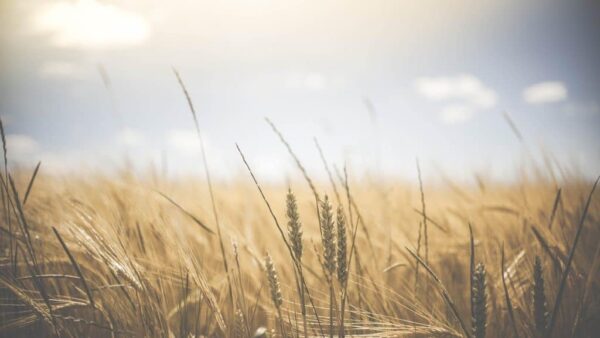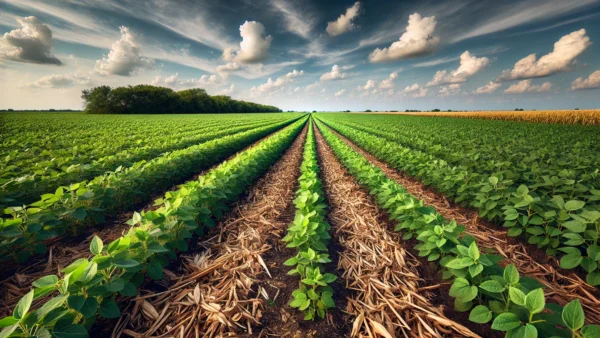Breeding for Climate Change
Global climate change means the seed industry can no longer conduct business the way it once did.
Plant breeding leads efforts to help producers overcome the enormous challenges posed by climate change through the creation of new seed varieties with improved genetics from germplasm exhibiting stress tolerance.
A report by the European Seed Association entitled Climate Change and the Seed Industry suggests global temperatures may rise by 11 degrees by 2050, and more frequent and severe drought and flooding, along with increased pressure from insects and disease, will pose the biggest challenges to agricultural production.
“If increased temperatures, reduced rainfall, and changing rainfall patterns become the norm, then it obviously will impact the types of selections that plant breeders make and the issue becomes one of either the need for better breeding/selection methodology or producers changing crop enterprises,” says C. Wayne Smith, chair of the National Association of Plant Breeders Communications Committee.
“In terms of extreme events and variable events we don’t generally breed for that. How do we deal with hail? How do we deal with sudden and severe windstorms? It’s very difficult for a breeder to mimic those environments, so they are harder to breed for.”
— Bill Tracy
The Challenge to Seed
K. Raja Reddy, a professor in the department of plant and soil sciences at Mississippi State University, is the co-author of Impacts of Changing Climate and Climate Variability on Seed Production and the Seed Industry, which was recently published in the journal Advances in Agronomy. In the paper Reddy states: “Climate change can affect a number of seed quality factors such as reproduction, flower, pollen viability, pollination and seed fill, set, size, dormancy and yield. Quality seed production can also be impacted by changing crop/weed interactions, loss of pollinator biodiversity, and genetic diversity brought about by climate change.”
While several studies have shown that increased levels of carbon dioxide in the air increase plant biomass and seed production, another study by Ohio State University researchers maintains nitrogen levels in seed are reduced with higher CO2 concentrations. The major impact of climate changes, according to the report, will be felt in rain-fed crops, which account for nearly 60 percent of cropland worldwide.
In Adapting Crops to Climate Change: A Summary, the authors suggest “the major abiotic stresses expected to increase in response to climate change are heat, drought, salinity, water logging and inundation.”
Approximately two billion people worldwide already live in water-stressed areas and that figure is expected to rise substantially as the effects of climate change further reduce water availability, which can also lead to increased soil salinity. Incorporating stress-adaptive traits into crops that already have a strong agronomic package will be vital to provide yield stability in the face of changing environments.
Currently drought, heat tolerance and water-use efficiency are subjects receiving the most focus in breeding programs around the world. “Rainfall patterns have changed,” says Steve Brown, program director of the Texas Foundation Seed Service at Texas A&M University. “We see major companies moving into biotech traits and genetic modification of crops that have not heretofore been genetically modified. The main thing they’re looking for appears to be drought tolerance and water-use efficiency,” he says.
Dealing with Variability
New seed varieties will require testing across even more locations and environments. Researchers predict that the extreme variability of localized weather conditions and the increased incidence of unpredictable extreme weather events could pose more of a challenge overall for the seed industry than long-term climate shifts. Local environments are becoming more unstable, says Allen Van Deynze, director of research at the Seed Biotechnology Center at the University of California, Davis. “The main challenge for the seed industry is variation,” he says. “The problem is now local stability instead of across wider environments or geographies, and so by default you are selecting for widely adapted material that may be adapted for more than one region.”
Bill Tracy, a professor of agronomy at the University of Wisconsin, says one of the questions that must be asked is how can the industry breed new varieties for sudden environmental changes?
“In plant breeding if it’s consistently getting warmer or dryer season after season, we can, by the very nature of what we do, be adapting for that. But in terms of extreme events and variable events we don’t generally breed for that. How do we deal with hail? How do we deal with sudden and severe windstorms? It’s very difficult for a breeder to mimic those environments, so they are harder to breed for,” he says.
Despite the difficulty, it’s a problem large seed companies are already taking on. In hybrid corn breeding emphasis has been placed on standability and lodging resistance under extreme wind conditions. “They’ve done [the breeding] so well that now when we get incredibly severe wind events the corn plants have nothing to do but snap off,” says Tracy. “They would snap off below the ear, which is called green snap, and is devastating. Breeders are aware of that and are doing things about it.”
The Role of Technology
Advances in technology have put many more tools into breeders’ hands. “Technologies like molecular markers and bioinformatics and other techniques are expediting the process of analyzing and assessing traits,” says Andy LaVigne, president and CEO of the American Seed Trade Association.
It’s expected that breeding techniques will continue to play a role in advancing crop varieties and hybrids better adapted to abiotic and biotic stresses, as well as producing plants that can contribute to the reduction of greenhouse gas emissions by increasing nitrogen and CO2 input-use efficiency.
As climate change presents adaptation challenges to new environments, breeders are now able to take a second look at the genetic potential of past breeding work. “Traits that may not have been as attractive 10, 15 or 20 years ago are more important today because with these new techniques and abilities breeders are able to look at what’s in their library and although they maybe couldn’t tease out a specific trait previously, today they are able to,” says LaVigne.
Breeding Emphasis
Major field crops such as wheat, corn, soybeans, cotton and canola receive a lot more breeding attention and funding than minor crops with lower acreages. That worries Tracy, especially as public breeding programs, which often picked up the slack in terms of giving attention to minor crops, are being cut back.
“The classic example is oats,” says Tracy. “Oats used to be a major part of our dairy rotation. Right now there is essentially no private breeding of oats and only maybe three or four university oat breeders left in the U.S. If the climate changed in such a way that oats were suddenly a crop that fits back into the rotation there is no way that a farmer could substitute oats because they are not being bred to be economically competitive with something like corn. As crops get left behind in the breeding sense, they just don’t become options anymore.”
As climates change it may become necessary to switch to crops that are more suited to new conditions rather than focusing on adapting other crops to be more resilient to drought, cold, heat or whatever prevalent conditions emerge, says Tracy. “If you want to talk about real sustainability it’s not just about making crops that are currently the emphasis … better, it’s also thinking about the big picture and what other crops we are going to need to make better to fit into those cropping systems,” he says.
As conditions change, adds Tracy, farmers are already making shifts in crop choices. Potato farmers in the Central Sands area of Wisconsin, in the face of increasing water limitations for their irrigated crops, are switching from large varieties of potato like Burbank to small red potato varieties, which use less water.
Other farmers are switching from field corn for dairy cattle feed to sweet corn for canning because these varieties use 50 percent less water. These examples give hints about ways to breed for drought tolerance, says Tracy. “The big corn hybrid companies are breeding for drought tolerance by looking for genes that will actually increase water-use efficiency, but there are other mechanisms, such as developing shorter season varieties, that could be used almost immediately.”
Changing Patterns of Pests and Diseases
One of the most challenging aspects of adapting crops to climate change is maintaining genetic resistance to pests, diseases and weeds, which are all affected by rising temperatures and variations in humidity.
Changing disease and pathogen distributions and increased movement of pathogens and pests across vast geographic distances all pose significant challenges to agriculture in changing climates. An example that scientists are dealing with today is rust, which has multiple races and evolves rapidly. “Some of the rust races are moving farther north,” says Brown. “It’s been a challenge because plant breeding is such a long-term project that by the time you get the genetic resistance built in, the races of rust have changed. But we’ve got a few more tools in our tool chest nowadays and the technology allows us to shorten that time from a cross to a viable commercial variety or hybrid. ”
Increasing incidence of viruses is also a major concern, especially in Southeast Asia, says Van Deynze. “Viruses are propagated by insects and we are getting booms in insect populations, which means booms in viruses associated with those insects. We are seeing that as a huge threat in the vegetable industry because we don’t have the resistances for them.”
Financial Implications
Most climate change models conclude the yield potential of most staple food items will decline in many production environments and commodity prices will rise as a result.
The cost of seed production is likely to increase as climates change, but there will continue to be an expectation from members of the farm community that the seed industry will develop stronger and more resilient varieties, says LaVigne. “There will be value there. The technology to do quick breeding and have quick turnarounds is getting very expensive and the seed industry will be able to put that value back into breeding programs.”
Because of the huge cost involved in research and development, seed companies, life science companies, public breeding programs and innovative, small-scale technology businesses are increasingly joining forces, which has resulted in a growing number of collaborations, partnerships and cross-use agreements.
Continued and increasing investments in research must be made across many crops, says Van Deynze, in order to overcome tougher challenges. “Climate change is going to demand increased funding to address these harder challenges because we have to do more testing in multiple environments,” he says.
Angela Lovell


